In the parish of Lonan in the Isle of Man, a great mine was created following the zinc and lead ore veins. The pursuit of minerals on this isle begins during the age of King Herald of Mann in the 13th century. After being giving formal permission, the monks of the monastery of St. Mary of Furness immediately set out to exploit this gift of nature.
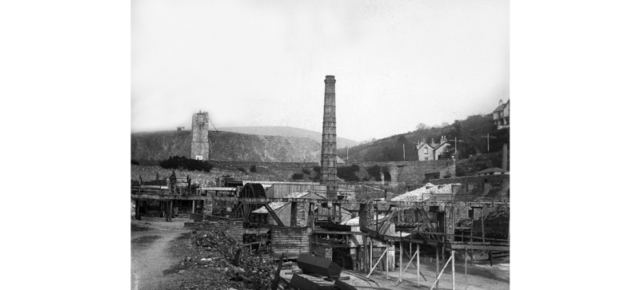
There is no formal date as to when Laxey mine first opened. The opinion of a number of scholars is that operations there most likely began in the 18th century. But it was during the 19th century that this mine saw its most fruitful years. Silver ore, copper, haematite iron, and zinc were mined here, and in great quantities. During the first quarter of the 19th century, this mine also produced a great amount of lead ore, and employed around 200 workers.
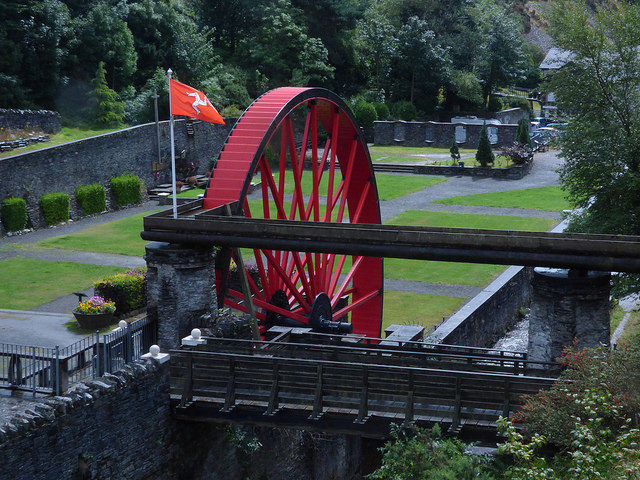
The mine did so well that its shares at first were traded at £34 ($154) per share in the late 1820s. By the start of 1833, the value reached a whopping £2,000 ($9520) per share. However, the mine was closed for several months from late 1833 until February 1834 due to flood damage that was caused when the nearby river breached its banks.
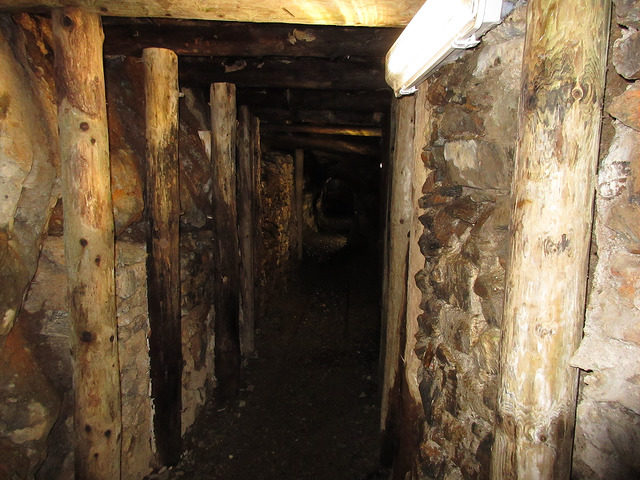
As productivity at the mine rose, so did the need for more powerful equipment. For this very reason, a great water wheel, 72.5 feet in diameter, was constructed. It was named Lady Isabella, the name of the wife of the politician Charles Hope, who served as a Governor of the Isle of Man. The wheel was powerful enough to pump as much as 250 gallons of water per minute from the deep mine shafts.
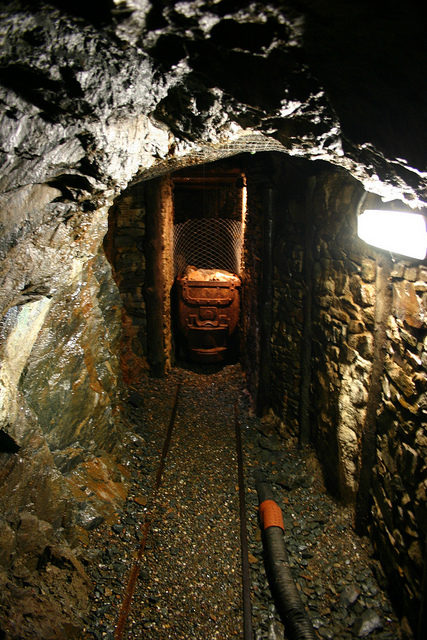
The mine had three shafts, known as Dumbell’s Shaft, Engine Shaft, and the Welsh Shaft, which were joined at several different levels. At the turn of the century, the mine saw its first major decline in productivity. Then, in 1901, the miners discovered another rich vein of iron ore. But, unfortunately, something went wrong with the mine workings and a massive amount of water was released into the mine. In an ironic twist, due to low rainfall, water from local streams which powered the Lady Isabella water wheel was in short supply. With no other means to pump out the water, the mine was quickly overwhelmed.
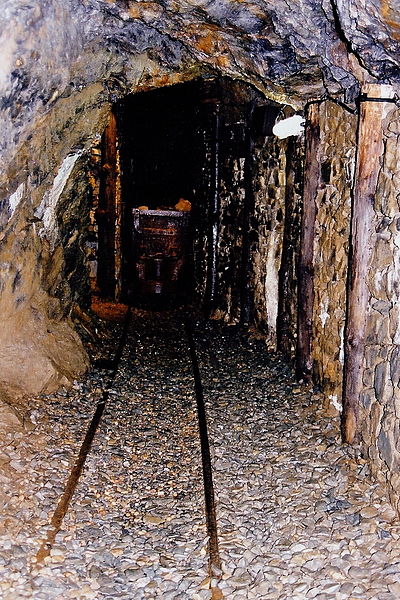
Fortunately, only one half of the mine was flooded, but unfortunately, it was the half that gave most of the ore and the one the mining company was dependent upon. It took until 1904, after trying various pumps in different positions, before the entire mine was cleared of water. But then, again, things took a turn for the worse.
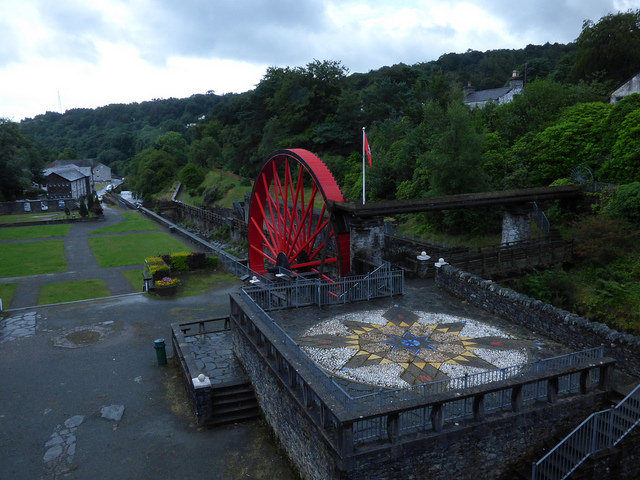
On March 19, 1904, deep down in the Welsh Shaft, a fire broke out. Unaware of situation underground, around one hundred miners entered the mine. A worker in the boiler room noticed the smell of burning wood, and he sounded the alarm as fast as humanly possible. Luckily, all of the miners were evacuated to the safety of the surface. With time, the fire was put out, partly due to the mine’s excellent ventilation. But on December 10 of that same year, the mine was struck by yet another accident. Four miners lost their lives when a scaffold collapsed, causing the men to fall down into a water-filled sump.
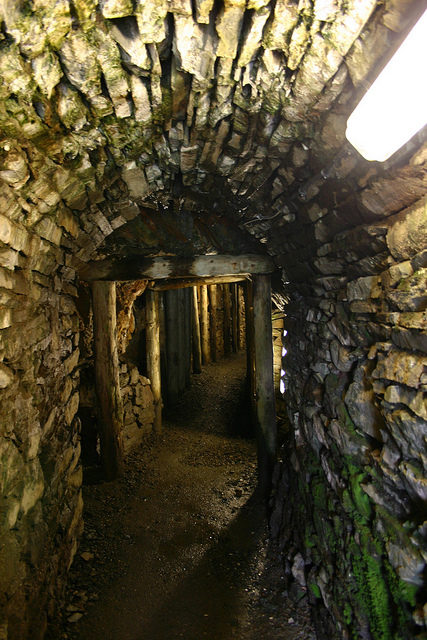
The bodies of three of the drowned miners were soon recovered from the 17-feet-deep sump, but it would take 2 days before the search party was able to locate the youngest man, Henry Lewis Gelling, who was just 18 years old. They were buried at Lonan Churchyard on December 13. Since then the mine was closed a couple more times but was subsequently re-opened every time. But finally, in 1929, the mine was closed forever.
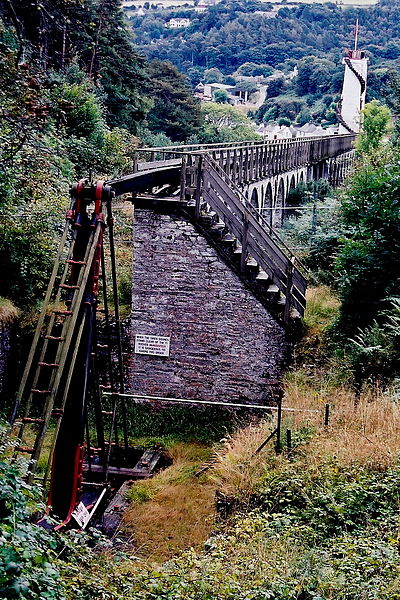
According to a number of researchers, some minor activities continued until 1934. Examples of the ore that was dug at this mine and at Foxdale mine remain on display at the Manx Museum in the Natural History Section. Today this mine is considered one of the richest in the history of ore mines located on the British Isles.
